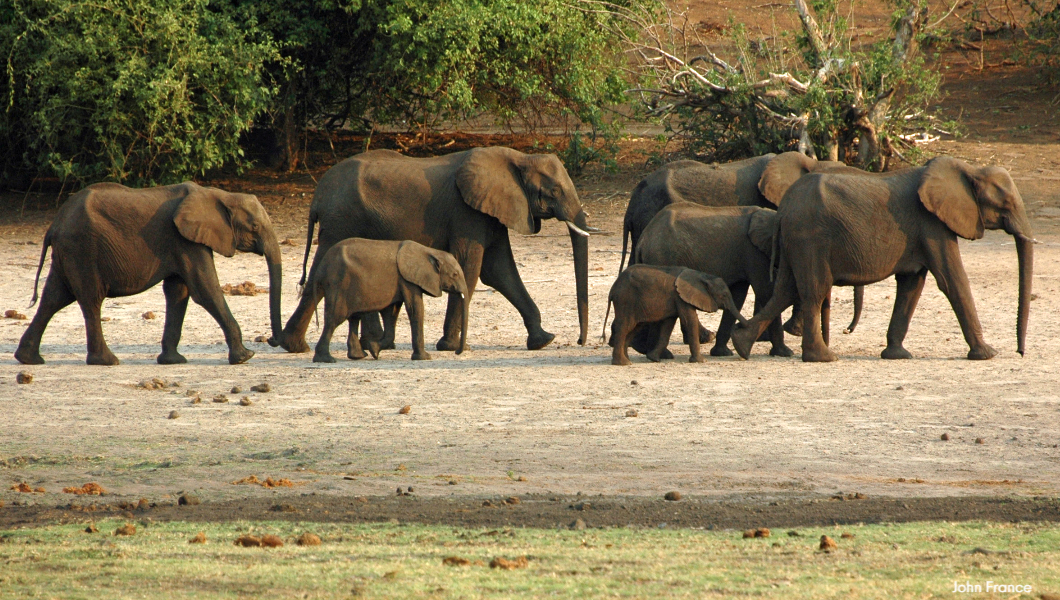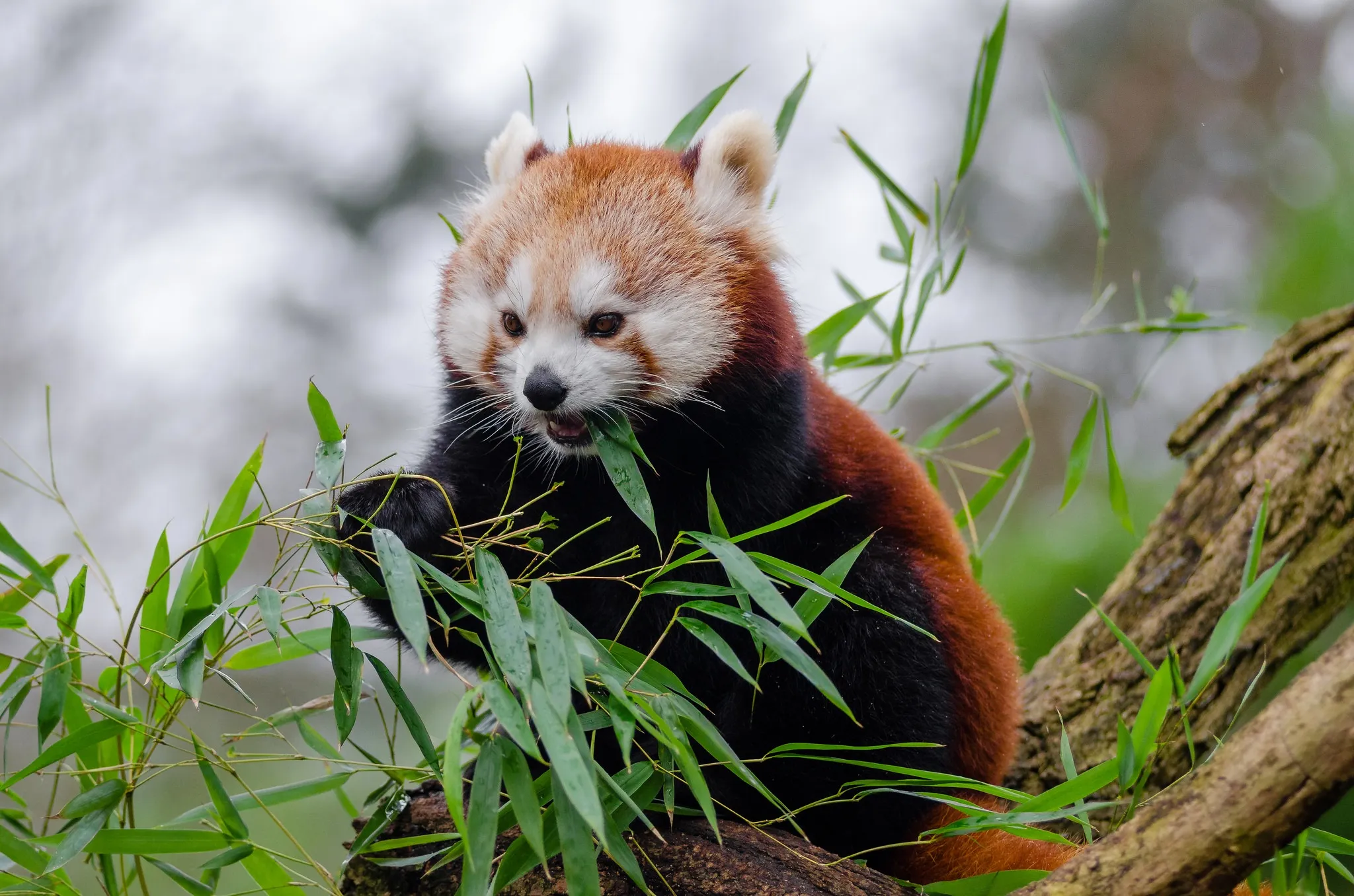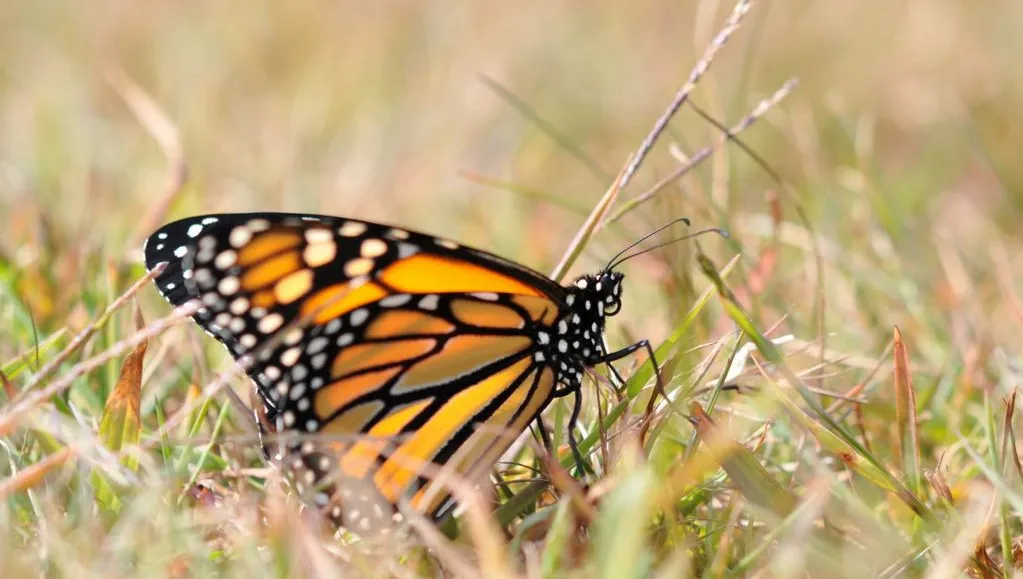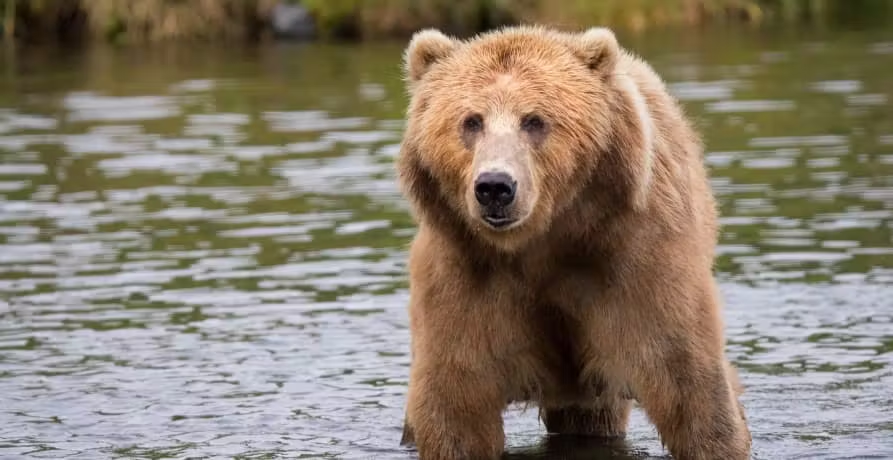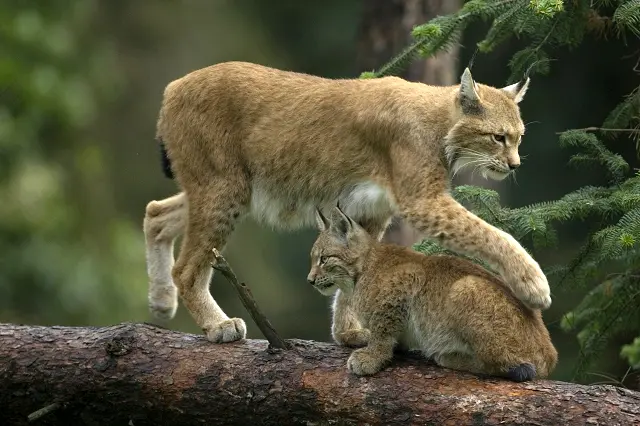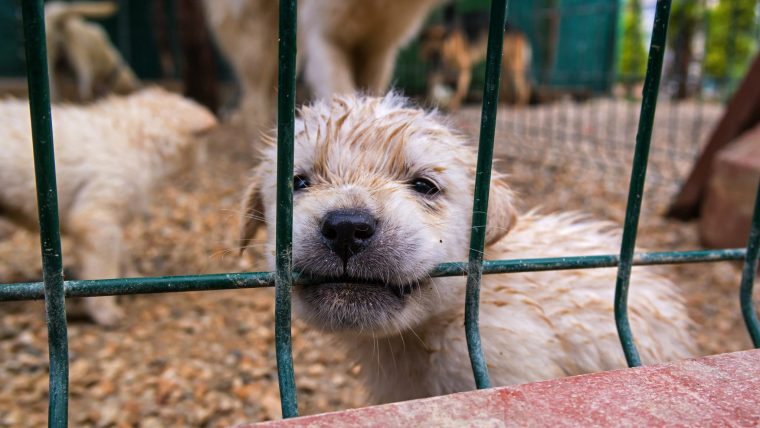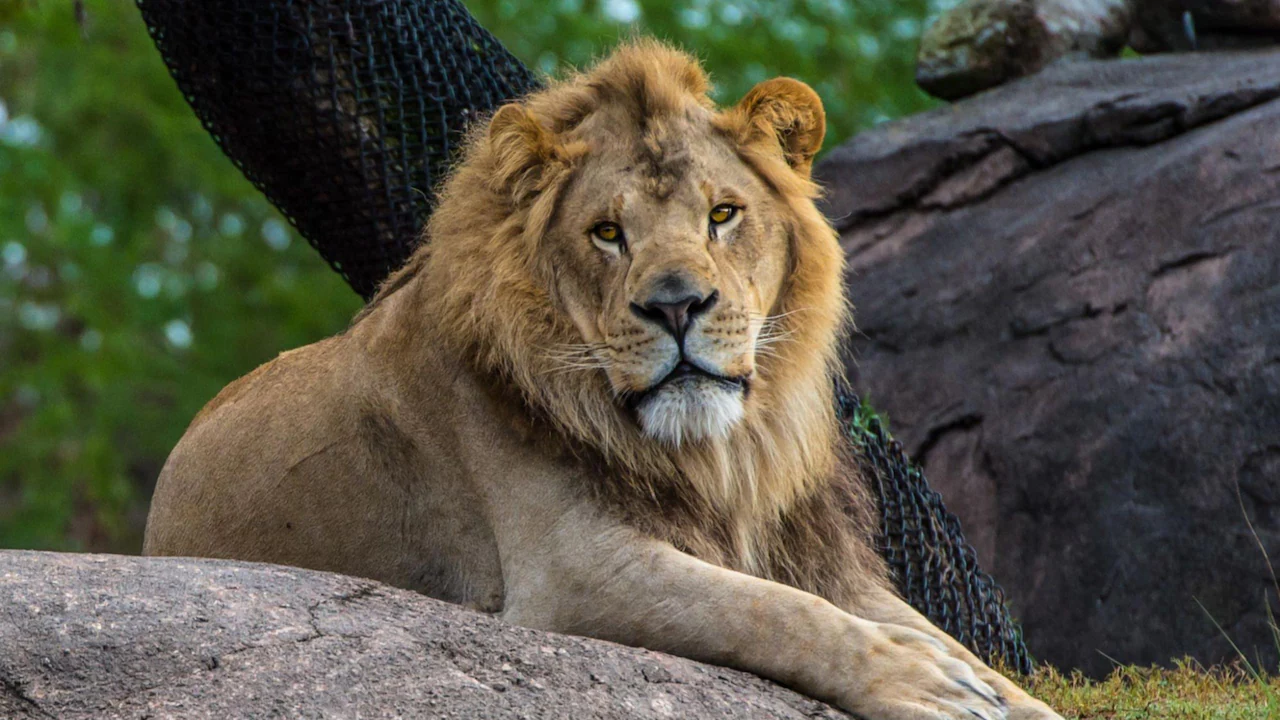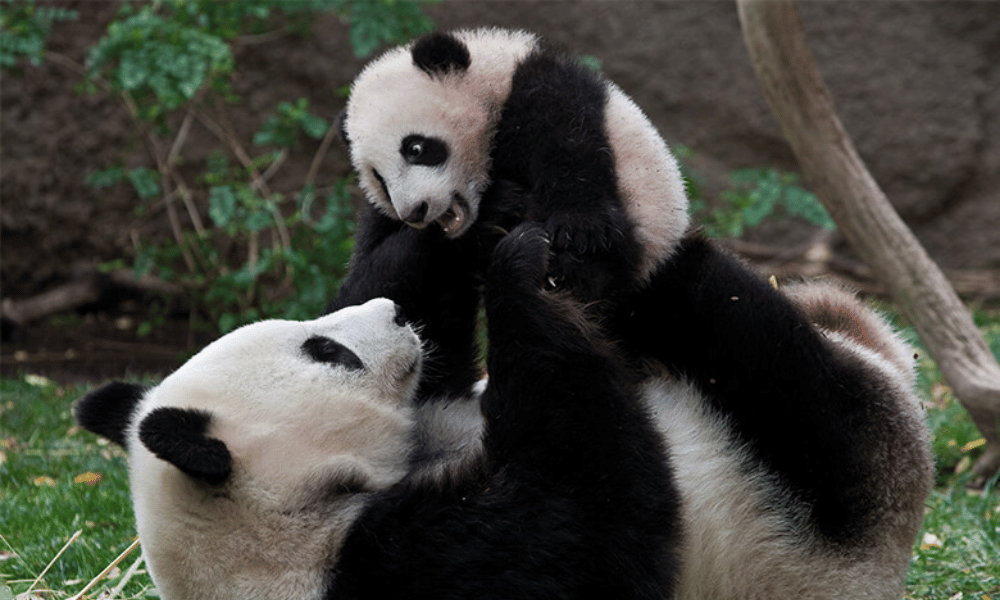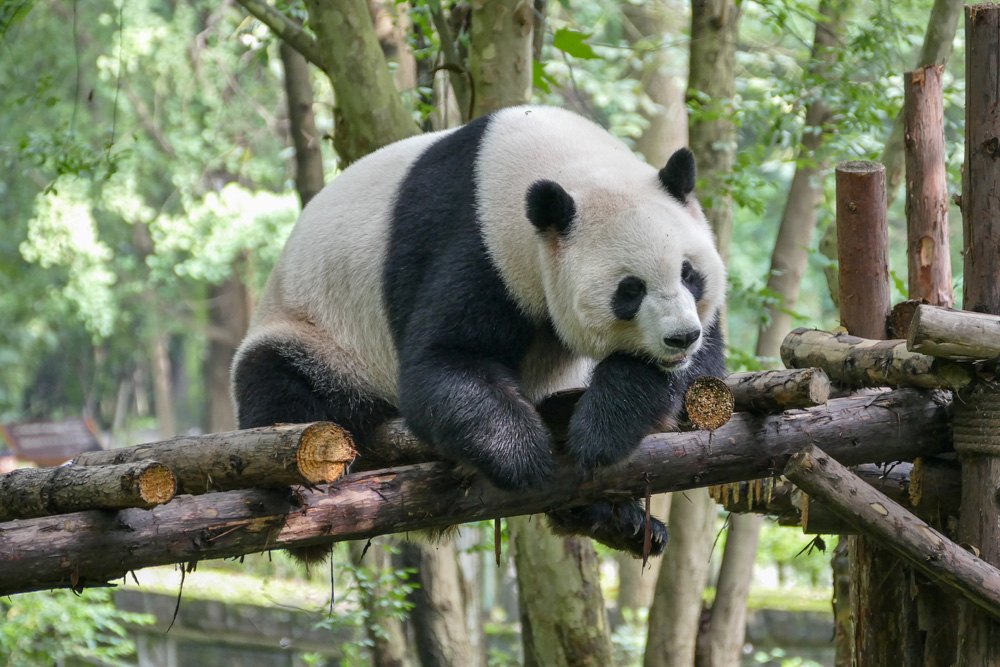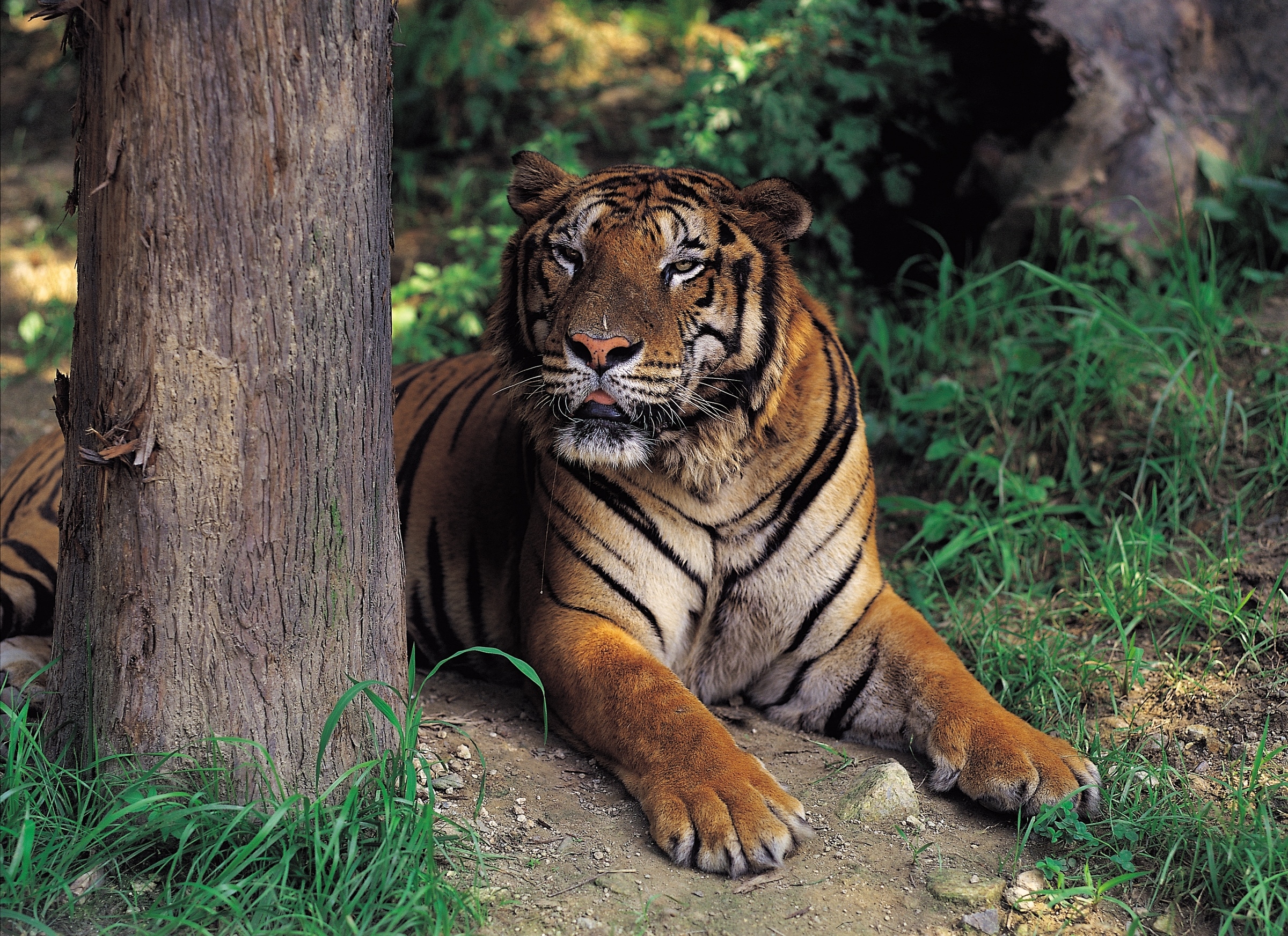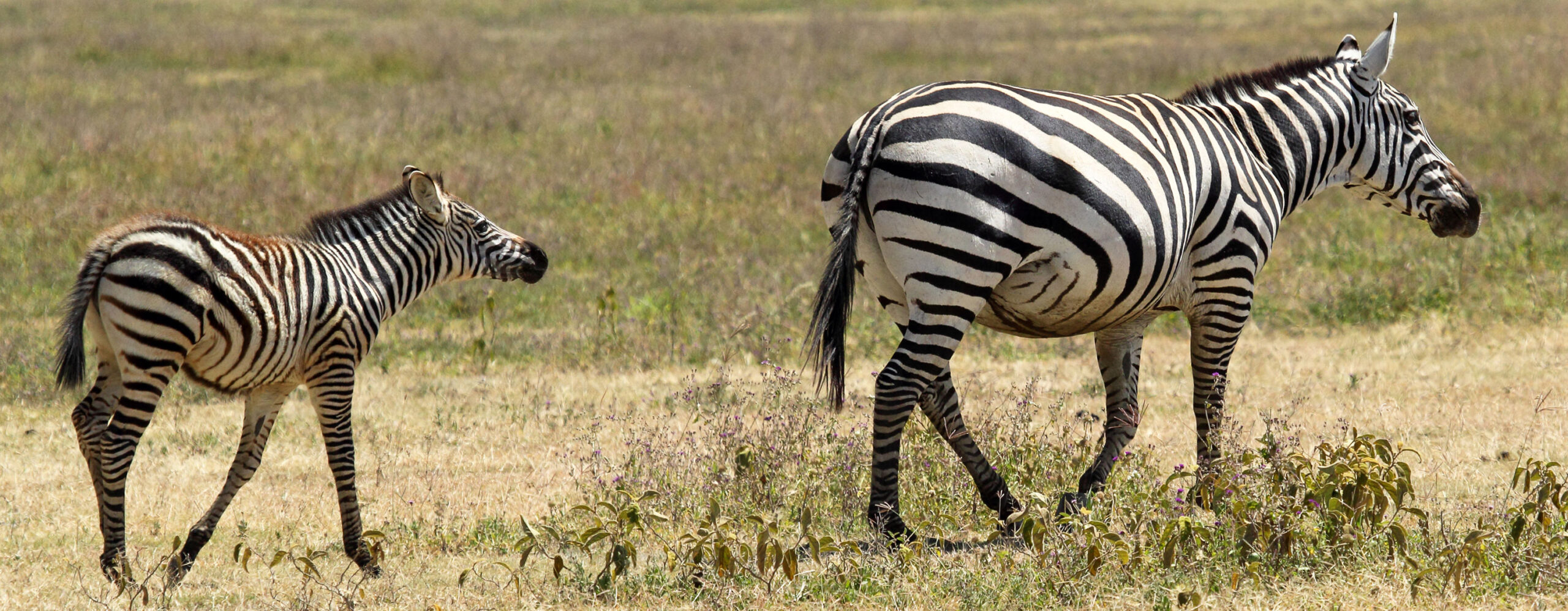Introduction to the Living Code
Imagine a blueprint so intricate it dictates the twitch of a whisker, the beat of a heart, or the sprint of a cheetah across the savanna. This is the living code—DNA, the molecule that orchestrates the symphony of life in every animal on Earth. From the tiniest microbe to the massive blue whale, DNA encodes the instructions that shape animal biology, guiding everything from physical traits to behaviors. In this article, we’ll unravel the biology behind animal life, exploring how this code works, why it matters, and how it’s shaping our understanding of the natural world.
What Is the Living Code?
DNA: The Blueprint of Life
DNA, or deoxyribonucleic acid, is the molecule that holds the genetic instructions for building every animal. It’s a long, double-helix strand packed with genes—segments of code that tell cells how to produce proteins, the building blocks of life. Picture DNA as a recipe book, with each gene as a recipe for a specific trait, like fur color or wing shape.
How DNA Shapes Animal Traits
Every animal’s unique features—whether it’s a lion’s roar or a chameleon’s color-changing skin—are dictated by its DNA. Genes interact with each other and the environment to produce these traits. For example, a polar bear’s white fur is coded by genes that regulate pigment production, perfectly suited for its snowy habitat.
The Core Mechanisms of Animal Biology
Genes and Protein Synthesis
Genes don’t work alone—they trigger protein synthesis, the process where cells build proteins to carry out specific functions. Proteins are like workers in a factory: some build structures (like muscles), others act as messengers (hormones), and some defend against invaders (antibodies). This process, called gene expression, is the foundation of animal life.
Cell Division and Growth
Animals grow through cell division, where one cell splits into two, each carrying a copy of the DNA. This process, called mitosis, ensures that a single fertilized egg can develop into a complex organism with trillions of cells. For instance, a caterpillar transforms into a butterfly through tightly regulated cell division guided by its genetic code.
Genetic Variation and Mutation
No two animals (except identical twins) have the exact same DNA. Mutations—random changes in the genetic code—introduce variation. Some mutations, like those giving cheetahs their speed, are beneficial; others can cause issues, like genetic disorders in purebred dogs. This variation fuels evolution, shaping species over millions of years.
How the Living Code Drives Animal Diversity
Evolution: The Long Game of DNA
Evolution is the process by which DNA changes over generations, driven by natural selection. Animals with traits that improve survival—like a giraffe’s long neck for reaching high leaves—pass those genes to their offspring. Over time, these small changes create the incredible diversity of animal life, from jellyfish to jaguars.
Speciation: Creating New Species
When populations of the same species are isolated—like Darwin’s finches on the Galápagos Islands—their DNA diverges. Over generations, these changes can lead to new species with unique traits. For example, the 13 species of Galápagos finches evolved distinct beak shapes to exploit different food sources.
Examples of Genetic Adaptations
- Camouflage: The peppered moth’s color change during the Industrial Revolution, driven by a single gene mutation, helped it blend into soot-covered trees.
- Speed: Cheetahs have genes that enhance muscle efficiency, making them the fastest land animals.
- Bioluminescence: Deep-sea anglerfish use genes to produce light-emitting proteins, luring prey in the dark ocean.
The Role of Epigenetics in Animal Biology
Beyond DNA: Epigenetic Modifications
Epigenetics is like a dimmer switch for genes—it controls which genes are turned on or off without changing the DNA sequence. Environmental factors, like diet or stress, can trigger epigenetic changes. For instance, a queen bee and a worker bee share the same DNA, but epigenetic changes triggered by royal jelly make the queen larger and fertile.
Epigenetics and Behavior
Epigenetics also influences animal behavior. In honeybees, epigenetic changes affect whether a bee becomes a forager or stays in the hive. These modifications show how the environment can shape an animal’s life without altering its genetic code.
Comparing DNA Across Animal Species
Shared Genes Across the Animal Kingdom
All animals share a surprising amount of DNA. For example, humans share about 98% of their DNA with chimpanzees and even 60% with fruit flies. These shared genes control basic functions like cell division and metabolism, showing how life is interconnected at a molecular level.
Unique Genetic Traits
While shared genes unite animals, unique genes create differences. For instance, birds have genes for feather development, while mammals have genes for hair and milk production. These differences highlight how small tweaks in the living code can lead to vastly different outcomes.
| Animal Group | Shared Genes | Unique Genes |
|---|---|---|
| Mammals | Cell division, metabolism | Hair, milk production |
| Birds | Cell division, metabolism | Feathers, beak shape |
| Reptiles | Cell division, metabolism | Scales, egg-laying |
| Fish | Cell division, metabolism | Gills, fin structure |
The Science of Studying the Living Code
Tools for Decoding DNA
Scientists use advanced tools to study animal DNA, unlocking secrets about their biology. Here are some key technologies:
- DNA Sequencing: Maps an animal’s entire genome, revealing its genetic code.
- CRISPR: Edits genes to study their function or correct mutations.
- Bioinformatics: Analyzes vast genetic datasets to find patterns, like disease resistance in animals.
Where to Access Genetic Research
Want to dive deeper? Platforms like the National Center for Biotechnology Information (NCBI) offer free access to genetic databases. Universities and research institutes also publish open-access studies on animal biology. For example, the Journal of Animal Science provides peer-reviewed research on genetics and physiology.
Pros and Cons of Genetic Research in Animals
Benefits of Studying Animal DNA
- Conservation: Identifying genetic diversity helps protect endangered species, like the Amur leopard.
- Medicine: Animal models, like mice, help develop treatments for human diseases.
- Agriculture: Genetic research improves livestock traits, like disease resistance in cattle.
Challenges and Ethical Concerns
- Ethical Issues: Animal testing raises concerns about welfare and suffering.
- Cost: Sequencing and analyzing genomes is expensive and time-consuming.
- Unintended Consequences: Gene editing, like with CRISPR, can lead to unforeseen ecological impacts.
Real-World Applications of the Living Code
Conservation Biology
Genetic research is a game-changer for conservation. By studying DNA, scientists can track population health, prevent inbreeding, and even reintroduce species. For example, the California condor was saved from extinction by using genetic data to guide breeding programs.
Animal Behavior and Intelligence
The living code also sheds light on animal minds. Recent studies show that genes influence behaviors like problem-solving in crows or social bonding in prairie voles. Understanding these genes helps us appreciate the complexity of animal intelligence.
Biotechnology and Genetic Engineering
From glow-in-the-dark fish to disease-resistant pigs, genetic engineering is transforming animal biology. These advancements raise ethical questions but also offer solutions, like reducing methane emissions in cattle through genetic tweaks.
People Also Ask (PAA) Section
What is the biology behind animal life?
The biology of animal life revolves around DNA, the molecule that encodes instructions for growth, reproduction, and behavior. Genes within DNA guide protein synthesis, which builds everything from muscles to enzymes. Environmental factors and epigenetics further shape how these genes are expressed, creating the diversity of animal life.
How does DNA affect animal behavior?
DNA influences behavior through genes that regulate brain function and hormones. For example, in wolves, genes linked to oxytocin production affect pack bonding. Epigenetic changes can also tweak behavior, like turning a bee into a forager instead of a nurse.
What tools are used to study animal genetics?
Scientists use DNA sequencing to map genomes, CRISPR for gene editing, and bioinformatics to analyze genetic data. These tools help uncover how genes shape traits, from a bird’s migration patterns to a fish’s ability to survive in low-oxygen waters.
Where can I learn more about animal biology?
You can explore animal biology through online courses on platforms like Coursera or edX, which offer modules on genetics and zoology. Scientific journals, such as Live Science or The Scientist, provide accessible articles on the latest research.
Challenges in Decoding the Living Code
Complexity of Genomes
Animal genomes are vast—humans have about 20,000 genes, while some fish have over 40,000. Decoding these requires massive computational power and expertise, making it a slow and costly process. Bioinformatics is helping, but we’re still scratching the surface.
Ethical Dilemmas in Genetic Manipulation
Editing animal DNA, like creating genetically modified salmon, sparks debate. While it can boost food production, critics worry about ecological impacts and animal welfare. Balancing innovation with ethics is a tightrope walk for scientists.
The Future of Animal Biology
AI and Machine Learning in Genetic Research
Artificial intelligence is revolutionizing how we study the living code. AI tools, like those used to analyze wildlife behavior, can process massive datasets to uncover genetic patterns. For example, deep learning models identify animals in camera trap images with 96.6% accuracy, speeding up conservation efforts.
Potential for De-Extinction
Could we bring back the dodo? Scientists are exploring de-extinction by using DNA from preserved specimens to recreate extinct species. While exciting, this raises questions about ecological impacts and whether we should play nature’s architect.
Personalized Veterinary Medicine
Just as human medicine is moving toward personalization, veterinary care is following suit. Genetic testing in pets, like dogs and cats, can predict disease risks, allowing tailored treatments. This could extend lifespans and improve animal welfare.
FAQ Section
What is the living code in biology?
The living code refers to DNA, the molecule that encodes genetic instructions for all animal life. It determines traits like physical appearance, behavior, and physiology through genes that guide protein production.
How does DNA differ between animals?
While all animals share core genes for basic functions, unique genes create differences. For example, mammals have genes for hair, while birds have genes for feathers. Mutations and environmental factors further diversify DNA.
Can we edit animal DNA?
Yes, tools like CRISPR allow scientists to edit animal DNA, enabling traits like disease resistance. However, ethical concerns about animal welfare and ecological impacts limit widespread use.
Why is genetic research important for animals?
Genetic research aids conservation, improves livestock health, and advances medical discoveries. It helps us understand animal behavior, protect endangered species, and develop sustainable agriculture practices.
Where can I find reliable resources on animal biology?
Reputable sources include scientific journals like Journal of Animal Science and websites like ScienceDaily or The Scientist. Universities and platforms like NCBI offer free genetic data and research papers.
Best Tools for Exploring Animal Biology
Free Resources
- NCBI GenBank: A free database for accessing animal genome sequences.
- Zooniverse: A citizen science platform where you can contribute to animal research projects.
- Khan Academy: Offers free biology courses covering genetics and evolution.
Paid Tools
- Bioinformatics Software (e.g., BLAST): Used by professionals to analyze genetic data, often requiring subscriptions.
- CRISPR Kits: Available for advanced users, starting at $500 for lab-grade equipment.
- Online Courses (e.g., Coursera): Paid biology courses range from $30–$100, offering in-depth learning.
A Personal Reflection on the Living Code
Growing up, I had a pet parrot named Kiwi who could mimic my laugh perfectly. I always wondered what made him so clever—was it just instinct, or something deeper? Years later, learning about the living code gave me answers. Kiwi’s brain, wired by genes for mimicry and social bonding, was a product of millions of years of evolution. It’s humbling to think that the same code runs through every creature, from Kiwi to a colossal squid. Studying animal biology doesn’t just teach us about them—it reveals our shared roots and the delicate balance of life.
Conclusion: The Living Code Connects Us All
The living code—DNA—is the thread that weaves through every animal, from microscopic worms to towering elephants. It shapes their bodies, behaviors, and survival strategies, while evolution and epigenetics add layers of complexity. By decoding this code, we unlock insights into conservation, medicine, and even our own place in nature. Whether you’re a curious reader or an aspiring scientist, exploring animal biology offers a front-row seat to life’s greatest story. So, dive into the science, support conservation efforts, or simply marvel at the code that makes every creature unique.
